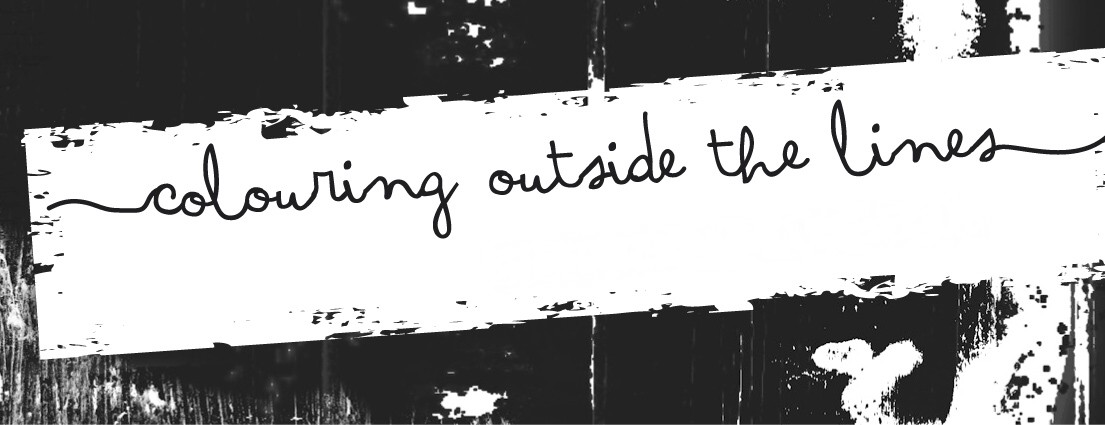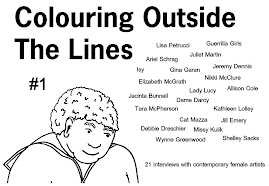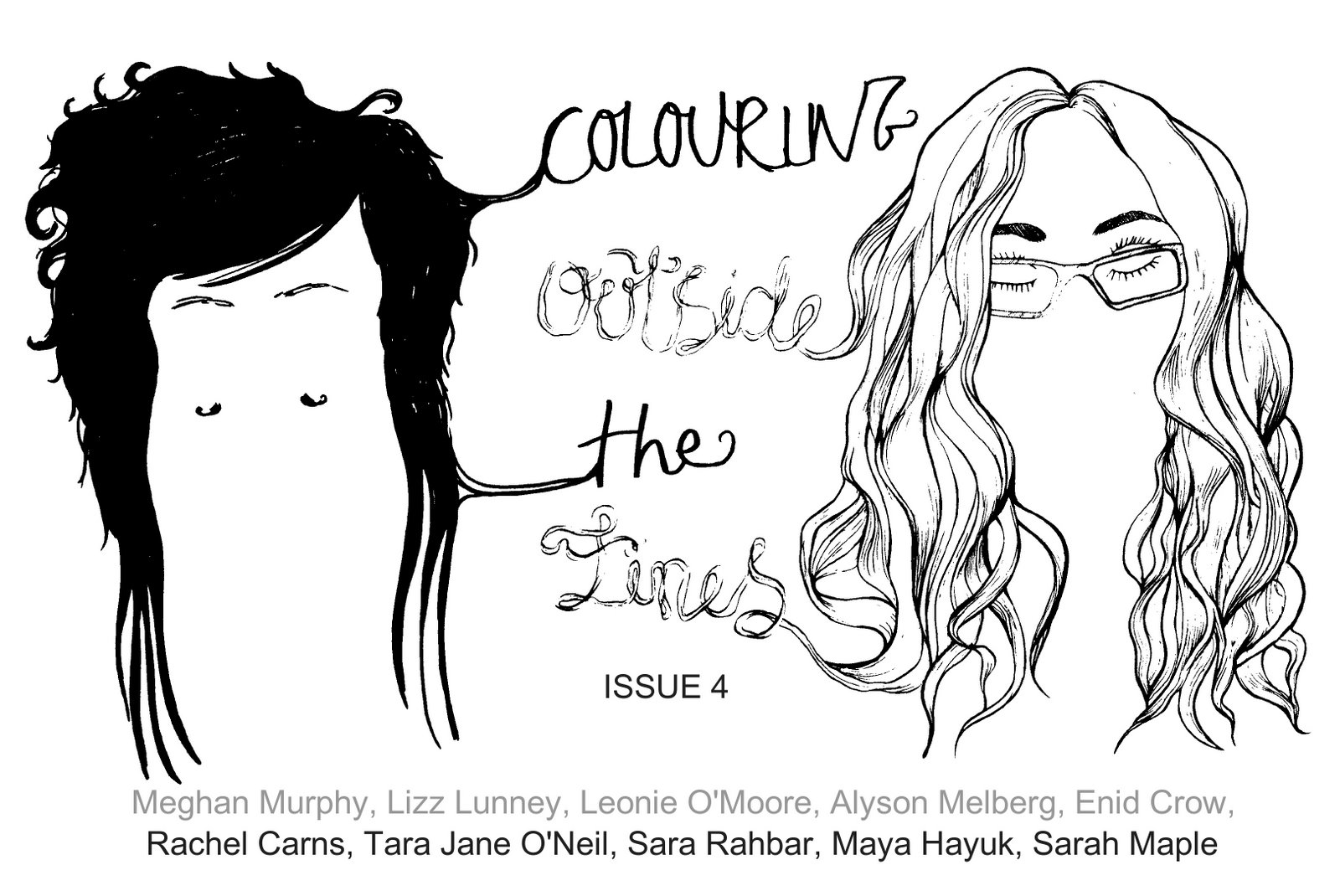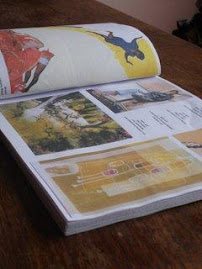

Ozge Samanci
* Location: Most of the time, Atlanta, US. I travel a lot. During last summer I was in Istanbul.
* How would you describe your art? Experimental, simplistic, collage-illustration-comics-journal-water color based.
* Currently working on: Our interactive digital installation, Tangible Comics
* Day job: I am a PhD. student in the Digital Media Department of Georgia Tech and I teach an Introduction to Film class
* 3 Likes: Children, Sea/Ocean, Cinema
* 3 Dislikes: Current Turkish Government, current US Government, people who call themselves ‘artist’ in an arrogant tone
* Daily Inspirations: Walking, taking, public bus, coffee shops, items on the ground, the dialogs that I overhear, details, small things
* People & artists you admire: (I’ll narrow it down to cartoonists) Lynda Barry, Sempe, Alison Bechdel, Craig Thompson, Chris Ware, Marjane Satrapi (only for Persepolis I)
* Favourite album(s) to listen to when working: When I used to work for a humor magazine in Istanbul I used to draw by listening old Turkish movies on TV. Right now, in Atlanta, I listen a radio that plays music from 80s.
http://idt.lcc.gatech.edu/~osamanci/ozgescomics/this/index.htm
- - -
This interview took place February, 2007. All images reproduced, with permission, from Ordinary Things © Ozge Samanci.
- - -
Hi Ozge, how are you?
I am using antibiotics and that makes me impatient, intolerant, and nervous. However, this night a close friend of mine is coming from France so I am excited. Overall, I feel complete opposite of calm.
When, and how did you first start drawing?
And then begin documenting your everyday observations in ‘Ordinary Things’?
I am drawing since I know myself. We used to draw with my sister when we were kids and I still miss the fun we had at that time. If we were not well behaved my mom used to hide our pastels, water colors, markers, and papers for a week. We used to be very miserable if we got this punishment. My drawing skills mainly developed during boring classes in high school. When I graduated from college I started to draw for a weekly humor magazine, and then for an art magazine, and a film magazine. Ordinary Things began on 21 January 2006. I opened the site up for exercising/experimenting on drawing/thinking. Also I thought it may substitute the emails for my friends since it is sort of a journal.
What is the comics scene like in Turkey (compared to other places you have visited)? I ask this as I’m going to own up and say that I don’t know of any other comics artists hailing from Turkey.
I describe the comics scene in Turkey as very vivid but very introverted. There are no translations to English. The sense of humor in the published comics is mostly very local and probably does not make sense to a foreigner. In Turkey, unfortunately people do not read books, newspapers, etc that much… However, humor magazines used to sell up to enormous numbers. For example, Girgir, a weekly humor magazine, sold 800,000 copies per week in 70s and 80s. It is a striking number for Turkey regarding that each copy is being read by other family members, friends, and roommates in dorms. This was when I was a child. Right now, there are couple humor magazines but their voice is not as strong as Girgir. Nevertheless, they have a voice. I had chance to work for one of the major humor magazines, Leman, for five years and I have benefited the school like structure of it. Other cartoonists, the editor of the magazine help you a lot for refining your art. Surprisingly, there are considerable amount of women cartoonists in Turkey and the number is increasing. When Charlie Hebdo, French political humor magazine, visited our magazine, Leman, in Istanbul, they were surprised when they realized the number of publishing women cartoonists in Istanbul. Turkish people like comics a lot and have a strong sense of humor because the land is resourceful for producing humor. Turkey is full of absurdities.
What is the comics audience like in Turkey?
Does using the internet as your medium of publishing allow you the scope to outreach to a larger audience than the small local/national audience in Turkey?
Humor magazines widely address the age group between 14-22. Drawing in a popular humor magazine makes you a well known name among this age group. In my case, internet a way of publishing brings me not wider but more diverse readers.
Your online comics journal claims that “I walk then I see things. Everybody does.”
Do you believe that everybody’s everyday observations could/should be creatively explored?
I would not say should be but I would say could be. It is a way of gaining insight about yourself. It is sort of mental and artistic exercise requires some discipline then it becomes a habit. If a person feels the need for exercising, yes, it is very functional.
How important to you is the realism of representing ‘the ordinary’ or ‘the everyday’ of your life?
I don’t make the observations up; I see them but realism is not crucial for me. Overall they are my perceptions and not scientific observations. They can be biased. Here is an example: we were having a brunch and my friend was covering the top of his tea cup with his palm. To me, he was trying to keep his tea warm by not letting the vapor go out but then he told me that he was warming his hand with the vapor. If I would have drawn it, this scene is about keeping the tea warm but, see, it definitely was not his intention.
The website where your comics are presented contains no, or very little, information about you - almost allowing the comics to create a biography of you instead; the comic speaking for itself and speaking of you. Was this a conscious decision?
To what degree do you think the comics do present *you* to your audience?
I began to draw Ordinary Things for my friends and they know me. I always wanted to develop the content of the site but somehow I could not do it. Maybe before you publish this I develop it little bit more. So lack of information is not intentional. It would not kill me to include a short bio, some links, etc. On the other hand I have an autobiographic comic book idea that I hope to start developing soon. Maybe I wanted to keep the juicy part for that work.
As well as focussing on the depiction of your friends and family, there are a large proportion of your comics that focus on strangers. Are you a natural people-watcher?
Yes I am an absolute people watcher. I love it. Also I love sharing my observations. I have learnt it from my mother and my sister. They are the professionals. When I decided to make a journal in the comics form I intended to make a journal of my observations, not my life. But inevitably when you draw your observations they are your perceptions and telling something about you and your day. By being indirect I try to create a space for readers to make their own meaning. Hopefully, in Ordinary Things, meaning is co-created by readers and me.
Does depicting strangers allow you a freedom, (whether the freedom of your imagination, or freedom from constrictions) that perhaps is more limited when depicting your family and friends, due to how they may react?
Yes, drawing strangers gives you a freedom, you are right. I don’t intentionally fictionalize my observations but the distortion may happen until a certain degree. I may not be remembering every detail in the scene that I have observed. I may make some details up. It must be very difficult to depict your beloved ones but I am up to that point. As I said before I would like to make an autobiographic comic book. I will be facing with the challenge you described, betrayal to beloved one’s memory, soon.
Many of your comics are observations taken from travelling, or on transport. Does travelling and commuting allow you the perfect time to reflect, and an opportunity to take things in?
Exactly. I love public buses, airports, planes, coffee shops, movie theaters. Everything moves. In Europe or in Istanbul, by walking on the streets you can make thousands of observations because people literally walk on the sidewalks. Many encounters, absurdities, and events happen on the sidewalk. However, in the States, sidewalks are empty; people drive their cars. In order to face with people I take public busses, go to coffee shops etc.
In focussing on your experiences whilst travelling (especially to the USA), do you find that it allows you to make very interesting observations of and comment on alternative cultures and cultural difference?
The US is very resourceful for observing cultural differences. I have been living in the US for four years. I did not spend my life here and it makes me more perceptive. Ordinary things of daily American life become very bright-extraordinary cases for me.
One of your comics depicted two toddlers in an airport babbling to each other in baby-talk, to which you wrote, “In the airport I witnessed a very successful communication of two boys who speak different languages (or the same?)”
Similarly: Do you think that the medium of comics allows you to overcome cultural barriers and language barriers through your work?
I think it is not about cultural barriers but it is about media that I feel my self comfortable with. I am a visual person rather than verbal one regardless that spoken language is English or Turkish. If I meet with someone new, an interesting person who is interested in knowing me, I simply address Ordinary Things to him or her. Inevitably, I talk when I have to talk because I teach for example. However, in my teaching I use enormous amount visuals. Looks like the same strategy.
Do you find that art allows you to “speak the same language” by creating a visual dialogue?
Speaking same language via visual dialog would be a utopia which I love to believe in. I am not saying that it is impossible but I am not sure how much Ordinary Things would speak to an avid fan of Manga or superhero genre. We all have sects in the visual language too.
You make observations of the nature of “tourist” within many of your comics. Do you think that by representing the cultures and really integrating with, participating in, and exploring the places you visit through your art work helps you become less of a ‘tourist’ by engaging with the sights you see?
A voyeur is always a tourist. I am a voyeur so I guess, one side of me will always be a tourist.
To what degree do you think your comics act as communication for you? (Whether sending messages to friends, or communicating with an unknown audience)
Once I drew that I had an operation and hospitalized, many people wrote and asked me whether I am ok or not. After this incident I avoided to draw such cases because drawing aggrandizes the situation and it looks more serious than it is. I definitely use Ordinary Things for communication. I draw on post cards made of water color paper and mail them to friends. If I draw about a friend I let my friend know about it by sending the link or the actual drawing/collage.
Obviously, by calling your journal ‘Ordinary Things’ and representing your everyday life, art is clearly a huge part of your life. But outside of your journal, how important and entertaining to you is the ability to draw? I ask this as I’m aware of one comic you did where you claimed, “If there would have been a pencil at that boring party … it would not have been boring.”
I love this question! I am good with one to one communications but in group communications, lots of friends coming together, jumping from one subject to another, I am sort of retarded. Too many things happen, too much information comes and I have difficulty to focus on one thing. Most of the time I stare at ground or ceilings and daydream. In such cases, a notebook and a pen saves the day. It is about escapism. If I draw I can listen better. I hang around with a notebook. If I don’t have my pen with me in a boring meeting it is a moment of DANG!
Your journal entries are very often presented as actual pages from a journal, or notebook pages, or scraps of paper, or even coffee cup lids. For you is your work more about the actual artwork, and message rather than the format of your production and presentation?
I am experimenting. Materials are part of my experimentation and expression. Materials contain the message; they are the message, if there is a message. I have this urge of drawing. I don’t have a specific hour time location for drawing. Urge comes I draw. I got punishments since I used to paint or draw on inappropriate places, walls of my room, calendars at home, unread newspapers, course books, tables when I was a kid. It continues.
Quite recently in your journal, you created an image that read, “I am going to reduce my drawing pace a little bit. I need this for something good.’ Do you often feel that the pace of your journal often demands you to post work that you’re not 100% happy with?
There are two reasons that I made a decision of reducing my pace. I want to focus on an autobiographic comic book idea. I wanted to spend some of my energy to that project. Also, for Ordinary Things, I would like to upload well rendered images. I was curious about the challenge of drawing one image everyday but after a year I have learnt enough.
What for you are the most satisfying aspects of creating art?
Exploring and expanding your limits, gaining insight about your own thinking, having a relief by letting the percepts accumulated in you to take a different form, seeing the journey of an idea: how do other people perceive it?















2 comments:
I'd really like to read your comic-biography!
Looking at your blog, there are so many questions.
Very inspiring work!
Greeings from Germany
Mike
This is pretty inspiring stuff! Best of luck!
Post a Comment